
After observing the Black Lives Matter protests and the advent of Cancel Culture in our nation across the late spring and summer of 2020, I became concerned, not only by the violent nature and destruction involved in many of the protests, but also by the lack of police response to stop the rampaging looters and rioters, who were clearly breaking the law. It was obvious to me that what we were seeing was not a re-enactment of the Martin Luther King Civil Rights Movement of the 1950s and ’60s. During those protests any violence perpetrated was mostly by the police against protesters adhering to King’s nonviolent protest strategies. On the face of it King’s Civil Rights movement and the BLM protests held in common opposition to racism and injustice; but beyond that what we witnessed in 2020 was completely different, and it prompted me to put on my research hat in an effort to understand what was happening to our country. The result of that research is this series of articles, which I have entitled “Unpacking Wokeism”, written mostly between April and June of 2021. As each installment of the series builds on the information of the prior installments, to get the most understanding they should be read in sequence. I have liberally footnoted to define uncommon words and provide background information where needed. It is my earnest hope that reading these articles assists you to understand what has been happening as well, and that we may be mobilized to save our nation–before it’s too late. MA
_____________________________________________
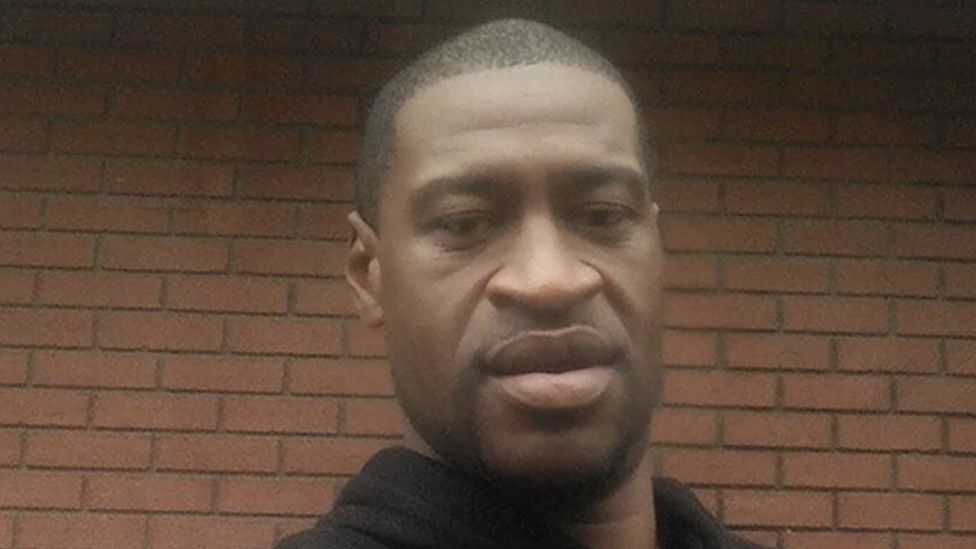
Well, I’m sure you will agree it’s been a pretty crazy year, and not just because of the pandemic. In living through it, if you were paying attention, you would have observed many things; some tragic and some peculiar. First, on May 25th, there was the killing by a Minneapolis police officer of a Black man, George Floyd, and the nationwide Black Lives Matter inspired protest movements and riots that followed. Here in Seattle the riots were particularly bad, with the trashing of downtown and much property destruction; even the taking over by protesters of a 6-block section of the city just east of downtown in the Capitol Hill district, which they occupied as an autonomous zone for several weeks last summer.[1]Clearly, what we were seeing was not Martin Luther King’s nonviolent civil disobedience of the civil rights movement in the 1950s and ‘60s.[2] More odd to me, however, was the lack of police response to the destruction occasioned by the riots, something observable not only in Seattle, but all over the country. Those engaged in the destruction of property and looting were blatantly breaking the law, yet the police stood by for the most part, doing nothing. Compounding this was the fact that, with pandemic masking and social distancing requirements being enforced on the rest of society, many of the protesters were in clear violation of these protocols, yet this was mostly ignored by the media. Meanwhile, protests by more conservative citizen groups of the economic shutdowns enacted by state and local governments were often decried in the media as super-spreader events, dangerous because of the protesters violating those same mask and social distance requirements; the clear bias in reporting apparent to any impartial observer.
The killing of George Floyd in Minneapolis was the latest in a series of similar incidents in the US across the last few years, in which the shooting of a Black person by police was followed by social unrest. It was after one of these incidents, that in 2012 resulted in the death of a Black teenager named Trayvon Martin,[3] that Black Lives Matter was formed as a group. Its founders were three Black women, Alicia Garza, Patrisse Cullors, and Opal Tometi, and with the aid of social media and the parallel support of people like NFL quarterback Colin Kaepernick, the group and its influence quickly expanded. With the Floyd killing and the subsequent nationwide protests, however, BLM’s influence exponentialized overnight. Suddenly the name “Black Lives Matter” was everywhere: on signs carried by protesters in demonstrations and riots, spray painted onto buildings, posted on marquees outside of businesses, even written in bold letters down the middle of streets. Corporations and individuals flooded BLM with donations, while politicians, mostly leftist Democrats, but others as well, lined up in lockstep unison behind the BLM message.
And how could they not? For anyone who saw the video footage of police officer Derek Chauvin kneeling on Floyd’s neck for minutes on end, it was obvious the cop was way out of line with his reckless use of force. The BLM charge that police departments across the country were infected with “systemic racism”, and that that was behind the killings of Blacks by cops, seemed to be borne out by what we all saw happen to George Floyd in that video. Right on the heels of all this came demands from BLM inspired protesters that police departments across the nation have their funding slashed to rein in the racist cops. In some cities, like Seattle and later New York, action was taken by city councils and legislative bodies on such measures, resulting in cutting the number of officers and the police services provided.
Yet, for all the claimed righteousness of the BLM’s systemic racism allegations and protests, if one just steps back and looks, it is obvious that our nation has made vast progress in civil rights for Blacks, and everyone really, across the last 250 years. From the abolitionist movement of the early to mid 1800s, to the American Civil War, during which over 600,000 died, fought largely to end forever the blight of slavery in our country; to the passing of the 13th and 14th amendments outlawing slavery forever,[4] and ensuring that all citizens should have equal rights under law—all of these were efforts to help our nation live up to the ideals of its founding, as embodied in the Declaration. Unfortunately, it would take another 100 years for the civil rights movement to drive to fruition the realization of those amendments; but through the sacrifices of many people, both Black and white, Jim Crow [5]came to an end with the passing of the Civil Rights Act of 1964 and the Voting Rights Act of 1965. In the nearly 60 years since, the progress made by Black people in all sectors of society, in both the North and South, should be obvious to all but a blind person. Is it perfect? Of course not, but today we have Black Mayors, Senators and Congressmen; Black news people and media members, lawyers, teachers, police and actors. Capping this is the fact we’ve even had a Black President, who was elected in 2008 and re-elected in 2012.
All these facts are, however, completely unacknowledged by those adhering to Black Lives Matter; to them our country is still systemically racist. Here in Seattle the irony in this can be seen in the example of the city’s Chief of Police during the BLM riots last summer, a Black woman named Carmen Best, whose hands were tied in handling the riot law breakers by the administration of Seattle Mayor Jenny Durken.[6] After enduring weeks of protests Best understandably chose to retire rather than face budget cuts intended to depower the police and cripple her department. Similar scenarios, inspired by the BLM movement, have been and are playing out for police departments across the nation.
Based on the George Floyd video, and several others showing the use of excessive force by police, for many there is enough truth in BLM’s claims of racist police violence towards Blacks to inspire sympathy for the movement. Still, for others (me among them), the illogical aspects of Black Lives Matter, from the violence and destruction of the riots, to the systemic racism charges the group wields despite the clear evidence within our society of the massive progress made in Civil Rights, to the efforts to depower the police, warrants a deeper dive into what the group is all about. It’s in doing this that significant issues are revealed. As of last summer, the BLM website page, under the title “What We Believe”, which since has been removed and replaced, included the following statement:
“We disrupt the Western-prescribed nuclear family structure requirement by supporting each other as extended families and ‘villages’ that collectively care for one another, especially our children, to the degree that mothers, parents, and children are comfortable.”
As BLM became increasingly popular, more and more people visited their website and many recognized in this statement the obvious Marxist slant, which raised a legitimate question: is Black Lives Matter really just an anti-racist, civil rights group? Or is it something more? Additional information about the group’s founders reveals the answer. According to Patrice Cullers, in an interview from 2015, she and co-founder Alicia Garza are trained Marxists:
“The first thing, I think, is that we actually do have an ideological frame. Myself and Alicia in particular are trained organizers,” she said. “We are trained Marxists. We are super-versed on, sort of, ideological theories. And I think that what we really tried to do is build a movement that could be utilized by many, many black folks.”
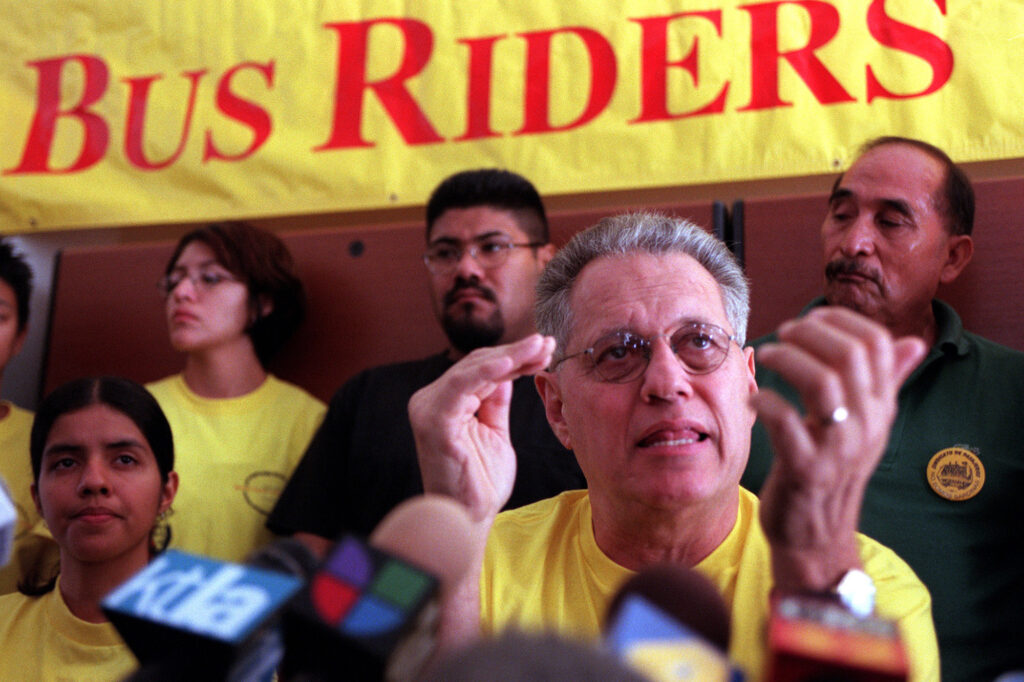
In a separate interview in 2018 Cullers went on to describe how she became a Marxist through the mentorship of former SDS and Weatherman member, Eric Mann,[7] who is currently director of the Labor/Community Strategy Center in Los Angeles, which he founded 32 years ago. Cullers describes the Labor/Community Strategy Center as her “first political home.” Any of you who were around and paying attention in the late 1960s may remember Eric Mann, or at least heard of his activities. In the spring of 1968 as a member of the radical left group Students for a Democratic Society (SDS), he helped lead the student strike against the Vietnam War at Columbia University. After the SDS split into several groups in 1969, Mann was active in the most radical and violent of the groups, the Weatherman Underground.[8] In November of ’69 he was arrested along with 24 other Weathermen and charged with attempted murder stemming from an incident in which two shots were fired through a window of the Cambridge police headquartersin Boston. Following an 18-month prison term Mann continued his career in radical left politics as an author, activist and organizer, ultimately moving to California where, in 1989, he established the Labor/Community Strategy Center in Los Angeles, which he runs to this day. To slightly alter the old army ballad quoted by General MacArthur in his retirement speech, apparently “old radicals never die, much less fade away.” [9]
As the trained Marxist Black women were establishing and popularizing BLM, there came from another source flanking charges of systemic racism in the United States, this time leveled at the very core personnel and history of our nation, by something called the “1619 Project.” An effort to invalidate our country’s founding generation on the grounds that many of them were slave owners and therefore racist; even suggesting shifting the date of our country’s historical founding from 1776 to the year the first shipment of slaves arrived in the colony of Virginia (1619), the 1619 Project was launched by New York Times Magazine journalist Nikole Hannah-Jones[10]in August of 2019. Consisting of published essays and articles that filled multiple issues of the magazine, as well as other media forms like videos and podcasts, the 1619 Project even took upon itself the creation of new school curriculums promoting this negative racist view of our nation’s history. The apparent intent of the Project, based on its publications, is to supplant the traditional story of our nation’s founding with an alternate narrative; one that casts our country as a slavocracy from the beginning; that depicts the founders as racist and that they sought independence from England and fought the American Revolution to preserve slavery, and that claims the country ever since has carried that inherent racism forward systemically.
There is some truth to the assertions made by the 1619 Project. Many of our country’s founders did own slaves and were racist. No knowledgeable person concerned about human rights can fail to acknowledge the injustice and inhumanity of slavery, and therefore cannot view our country’s early involvement in the trade and practice of it as anything but a negative chapter in our history. Most of us have long since realized this. But to then posit that slavery was and is the sole defining principle the United States was founded and carried forward on ignores so many facts of our history that many scholars have come forward to challenge the conclusions and data of the Project. Historians such as James McPherson, Gordon Wood, Victoria Bynum and James Oakes [11] all signed a letter to the Times claiming that the Project’s authors engaged in “displacement of historical understanding by ideology.” Constitutional attorney Timothy Sandefur,[12] in a superb article he wrote entitled “The 1619 Project: An Autopsy,” made the best critique of the problem with the Project’s assertions I have found thus far:
“Whatever else America might be,” Sandefur wrote, “it is a land of idealism. Ideals, in fact, are not just a part of our tradition, but the source of the country’s legal existence. The Declaration of Independence, after all, announced not only that the nation was independent, but that it ‘of right ought to be,’ meaning that the country’s institutional legitimacy is premised on the validity of the ‘self-evident truths’ to which the founders pledged their ‘sacred honor.’ The Constitution continued in this vein, proclaiming that among its purposes was the preservation of liberty…In seeking to debunk American principles, the 1619 authors were led to ignore history, to disregard some of its most moving and revealing aspects, and, most importantly, to distort the metaphors whereby we became, and continue to become, ‘one people.’
The justified criticisms of the 1619 Project have not prevented its curriculums from gaining traction in many schools around the country, however. Already an estimated 4,500 schools, from kindergarten on up, have been using some part or other of the 1619 Project materials in teaching their students, and based on current trends the number of schools doing so will be rapidly expanding. On top of this, a collateral effect of BLM and the 1619 Project has been the development of a “Cancel Culture” mentality, resulting in rioters and protesters taking it upon themselves to deface and/or destroy statues and memorials considered to be “racist”, often indiscriminately, targeting Abraham Lincoln, the man who issued the Emancipation Proclamation, as well as racist Confederate images like Robert E. Lee.
Based on the above, if you haven’t yet bought into the notion that the United States is rife with systemic racism, and has been from the start, perhaps you can see the problem we now face. Stated simply, that problem is that there is an effort afoot to take down and destroy our traditional cultural narratives, and their symbols along with them, which according to BLM and the 1619 Project are intrinsically racist. Observably, many Americans do not know how to respond to this. Most of us do not consider ourselves racist and do not want to be thought of as such. We see about us such things as “diversity, equity and inclusion training,” being pushed in schools and offices, with corporations spending a lot of money to bring in special consultants to implement it. The insistence coming at us that our society IS intrinsically racist collides in our minds with the observable factual reality of the progress made in civil rights in our nation over the last two hundred years, and especially over the last 60. We are told that instead of taking pride in this, especially for white people, we should be ashamed, and that we should admit and apologize for our complicity in the white power structure. A couple of weeks ago we even saw Joe Biden in a major speech decry the evilness “systemic racism,” of which he apparently thinks our country still reeks. Unless one has high certainty on his/her own perceptions and data, it is very easy to be cowed by all this, with the result that many either knuckle under and go along with it, or simply try and ignore it.
And if that is not enough, other categories of “oppressed” political identity have emerged over the last couple of decades alongside BLM and the 1619 Project, following their model and promoting similar agendas; such as those from LGQTB communities, or the Latino community, or the Asian community, or the Women’s Rights Movement; some even claiming multiple categories of oppressed identity, such as Black women lesbians. Such a circumstance is now labeled with a new term, “intersectionalism,” [13]an effort to describe these overlapping and “oppressed” categories of identity intersecting within one person. Out of all this has arisen something called “identity politics”, based on the premise that one’s identity politically is determined by which “oppressed” category(s) they happen to identify with.
If you are one of those who want to understand what is happening to our country because of what I’ve described above, there is another aspect that you need to be aware of. Words, to most of us, have precise meanings. Language is comprised of words, and is used by people to convey understandings between themselves, a process known as “communication.” The whole point of communication is to bring about understanding. But, what happens when some of the words we use have had their meanings subtly altered, and in such a way that most of us didn’t know was happening? What happens when, if I use the word “racist”, or the word “diversity”, it has an added connotation for me that you are missing? The result would be bad for communication, which, after all, should result in understanding, not misunderstanding. Unfortunately, this has vast application to what we see happening today in our society and country. Words such as “diversity”, “equity” and “inclusion” are used in describing a more ideal society, one we should aspire to, and few of us would disagree. Most of us think we understand these terms, and that these qualities are good things, just as we consider racism and injustice to be bad.
Today, however, there is a whole new set of ideas behind those terms, and unless you understand those ideas and where they came from, you are not ready to discuss “racism,” “inclusion,” “diversity”, “equity” or any of a number of other terms with those of the “Woke”[14] persuasion.
With that in mind, our next step is to have a look at a bit of history…
To be continued…
Copyright © 2022
by Mark Arnold
All Rights Reserved
[1] Established illegally by BLM inspired protesters in early June, 2020 during the demonstrations and riots following the killing of George Floyd, The Capitol Hill Occupied Protest or the Capitol Hill Organized Protest (CHOP), originally Free Capitol Hill and later the Capitol Hill Autonomous Zone (CHAZ), was an occupation protest and self-declared autonomous zone about 6 blocks in size in the Capitol Hill neighborhood of Seattle, Washington. In an effort to de-escalate the situation, the Seattle Police actually abandoned their east precinct station to the protesters, but after a series of shootings within the zone in which a teen ager was killed and another seriously wounded, on July 1st the Seattle Police re-entered the area and shut it down. During the 3 plus weeks of CHOP’s existence it was a frequent subject of national news shows and drew the specific ire of President Trump.
[2] The civil rights movement in the United States has a long history, going back to groups like the National Association for the Advancement of Colored People (NAACP) which formed in the early 1900s. It is generally understood that the Martin Luther King led civil rights campaign began on December 1st, 1955, in Montgomery, Alabama, when a 42-year old Black woman named Rosa Parks was asked by a White bus driver to give up her seat on the bus so a white person could sit down. She refused and was arrested and convicted of violating a “Jim Crow” city ordinance that allowed bus drivers to enforce such discrimination. This action by Ms. Parks led to what became known as “The Montgomery Bus Boycott”, a protest that marked the advent of Martin Luther King as a Civil Rights leader. From that point on various locations across the South, and later the urban centers in the North, were increasingly subjected to the non-violent protest tactics of King and his allies in their efforts to cause the changes needed to bring to American Black people the rights that should have been theirs by birth. They ultimately succeeded with the Civil Rights Act of 1964 and the Voting Rights Act of 1965.
[3] Trayvon Benjamin Martin (February 5, 1995 – February 26, 2012) was a 17-year-old African-American from Miami Gardens, Florida, who was fatally shot in Sanford, Florida by George Zimmerman, a 28-year-old Hispanic American. On the evening of February 26, Martin was walking back to his father’s fiancée’s house from a nearby convenience store. Zimmerman, a member of the community watch, saw Martin and reported him to the Sanford Police as suspicious. Several minutes later, there was an altercation and Zimmerman fatally shot Martin in the chest. Zimmerman, who wasn’t even a police officer, was injured during the altercation with Martin. He said he shot Martin in self-defense and was not charged at the time. The police said there was no evidence to refute his claim of self-defense, and Florida’s stand your ground law prohibited them from arresting or charging him. After national media focused on the incident, Zimmerman was eventually charged and tried, but a jury acquitted him of second-degree murder and manslaughter in July 2013.
[4] The 13th Amendment, passed in 1865, banned slavery and all involuntary servitude, except in the case of punishment for a crime. The 14th Amendment, passed in 1868, defined a citizen as any person born in or naturalized in the United States and confirms citizenship rights and equal protection of the laws for all citizens.
[5] “Jim Crow” was a derogatory term for a Black person that started in the 1830s, most likely from a popular song and dance called “Jump Jim Crow” which was performed in “black face” at the time by a white comedian named Thomas Dartmouth Rice. The song was supposedly inspired by a disabled Black slave named Jim Cuff or Jim Crow. The term “Jim Crow” eventually came to be a shorthand way of referring to the oppressive, racist laws passed in Southern states following the Reconstruction period after the Civil War, which once again relegated Black people to the status of second-class citizens, denying the right to vote and enforcing segregation.
[6] Jenny Anne Durkan (born May 19, 1958) is an American attorney and politician serving as mayor of Seattle. She is the daughter of Martin Durkan, who was once considered one of the most powerful politicians in Washington state; like him, she is a member of the Democratic Party. After earning her Juris Doctor (JD) degree from University of Washington School of Law in 1985, Durkan began practicing law as a prosecutor, and had many prominent cases both on behalf of the government and for private parties. During this time she also worked for many nonprofits and advocacy groups. In October 2009, President Barack Obama appointed her United States Attorney for the Western District of Washington. She held that position until September 2014. Durkan was elected the 56th mayor of Seattle in 2017, becoming the city’s first female mayor since the 1920s and its second openly LGBT elected mayor. She and her partner, Dana Garvey, have two sons. Durkan has received criticism for her response to the George Floyd protests in Seattle, and her handling of law enforcement in the so-called Capitol Hill Autonomous Zone. In December 2020, Durkan announced that she will not seek reelection after her term as mayor ends.
[7] Eric Mann (born December 4, 1942, Brooklyn, New York) is a civil rights, anti-war, labor and environmental organizer whose career spans more than 50 years. He has worked with the Congress of Racial Equality Newark Community Union Project, Students for a Democratic Society(SDS), the Black Panther Party, and the United Automobile Workers (including eight years on auto assembly lines). He was also active as a leader of the SDS faction, the Weathermen, which later became the militant left-wing organization Weather Underground He was arrested in September 1969 for participation in a direct action against the Harvard Center for International Affairs and sentenced to two years in prison on charges of conspiracy to commit murder after two bullets were fired through a window of the Cambridge police headquarters on November 8, 1969. He was also instrumental in the movement that helped to keep a General Motors assembly plant in Van Nuys, California open for ten years when faced with threatened closure. Mann has been credited for helping to shape the environmental justice movement in the U.S. He is also founder of the Labor/Community Strategy Center in Los Angeles, California and has been its director for 25 years.
[8] Students for a Democratic Society (SDS) was a national student activist organization in the US during the 1960s. One of the principal representations of the New Left in the country at that time. SDS founders, including Tom Hayden, conceived of the organization as a broad exercise in “participatory democracy.” Launched in 1960 against the developing backdrop of the civil rights and anti-Vietnam War movements, SDS grew rapidly through the decade of the ‘60s, eventually with over 300 campus chapters and some 30,000 members nationwide. At its 1969 convention, the organization splintered because of rivalry between factions seeking to impose national leadership and direction, and disputing “revolutionary” positions on such issues as the Vietnam War and Black Power. One of these factions, noted for its avowed intent of violent revolution to overthrow the U.S. government, was called “Weatherman”, and out of this developed the “Weather Underground”, which advocated extremely violent tactics such as bombings.
[9] Following World War II and his role in the Korean Wa, in recognition of his status as one of the nation’s greatest living military leaders, the U.S. Congress asked General Douglas MacArthur to address a joint session on April 19, 1951. His speech is best known for its final lines in which he quoted an old army ballad: “‘Old soldiers never die—they just fade away.”
[10] Nikole Sheri Hannah-Jones (born April 9, 1976) is an American investigative journalist known for her coverage of civil rights in the United States. In April 2015, she became a staff writer for The New York Times. In 2017 she was awarded a MacArthur Fellowship and in 2020 she won the Pulitzer Prize for Commentary for her work on The 1619 Project. Herself bi-racial, (her father was Black and her mother White) Hannah-Jones earned a bachelor’s degree in History and African-American Studies from the University of Notre Dame in Indiana in 1998. She graduated from the University of North Carolina Hussman School of Journalism and Media with a master’s degree in 2003. In 2015, after a 12-year career as a journalist specializing in investigating and reporting on issues affecting social justice and civil rights for Blacks, even travelling to Cuba to study that communist/socialist nation’s universal health care and education systems, she joined the NY Times as a staff reporter. From that point until she launched the 1619 Project in 2019, Hannah-Jones has written about topics such as racial segregation, desegregation and resegregation in American schools and housing discrimination, and has spoken about these issues on national public radio broadcasts. In her writing she intends to discover and expose the systemic and institutional racism that she says are perpetuated by official laws and acts.
[11] The 4 historians named here are all pre-eminent scholars in the field. James Oakes (born December 19, 1953) is a Distinguished Professor of History and Graduate School Humanities Professor at the Graduate Center of the City University of New York where he teaches history courses on the American Civil War and Reconstruction, Slavery, the Old South, Abolitionism and U.S. and World History. He taught previously at Princeton University and Northwestern University. Historian Victoria Bynum (1947-) is Distinguished Professor Emeritus of history at Texas State University, San Marcos. She is author of The Long Shadow of the Civil War: Southern Dissent and Its Legacies, The Free State of Jones: Mississippi’s Longest Civil War and Unruly Women: The Politics of Social and Sexual Control in the Old South. James M. “Jim” McPherson (1936-) is an American Civil War historian widely recognized as one of the most esteemed Civil War scholars in the country, and is the George Henry Davis ’86 Professor Emeritus of United States History at Princeton University. He received the 1989 Pulitzer Prize for “Battle Cry of Freedom: The Civil War Era” and is the author of many other books and papers on the subject. Gordon Stewart Wood (born November 27, 1933) is an American historian and university professor at Brown University. He is a recipient of the 1993 Pulitzer Prize for History for The Radicalism of the American Revolution (1992). His book The Creation of the American Republic, 1776–1787 (1969) won a 1970 Bancroft Prize. In 2010, he was awarded the National Humanities Medal.
[12] Timothy Sandefur is a graduate of Hillsdale College and Chapman University School of Law. He is the Vice President for Litigation at the Goldwater Institute’s Scharf-Norton Center for Constitutional Litigation and holds the Duncan Chair in Constitutional Government. He litigates important cases for economic liberty, private property rights, and free speech in states across the country. Sandefur is the author of several books, including Frederick Douglass: Self-Made Man (2018), Cornerstone of Liberty: Property Rights in 21st Century America (coauthored with Christina Sandefur, 2016), The Permission Society (2016), The Conscience of The Constitution (2014), and The Right to Earn A Living (2010), as well as dozens of scholarly articles on subjects ranging from Indian law to antitrust, slavery and the Civil War, and political issues in Shakespeare, ancient Greek drama, and Star Trek.
[13] “Intersectionalism” is defined as “the interconnected nature of social categorizations such as race, class, and gender as they apply to a given individual or group, regarded as creating overlapping and interdependent systems of discrimination or disadvantage.”
[14] The term “Woke” has been used off and on in various Black civil rights contexts as well as other protest movements over the last 100 years. In its present context it entered the Oxford dictionary in 2017 as an adjective describing one who is “alert to injustice in society, especially racism.” In truth, in today’s usage this definition is less than adequate, as will be explained in Part 2 of this series.
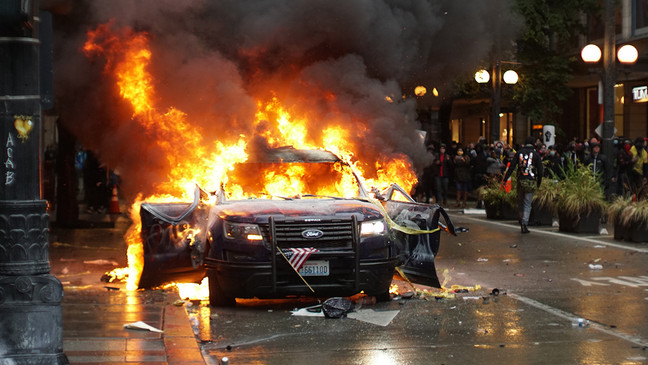
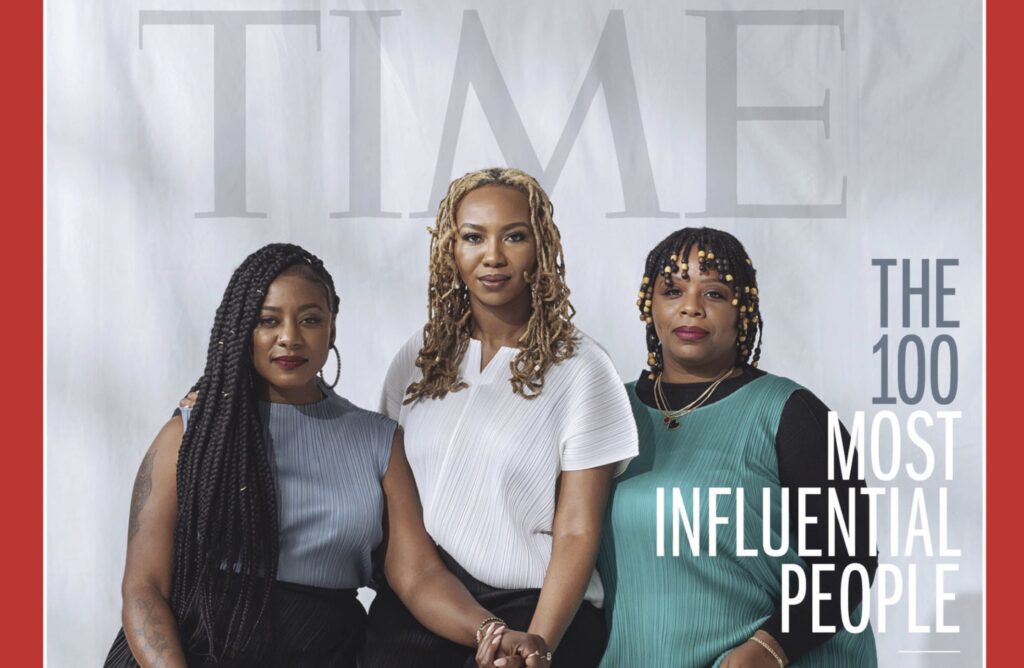



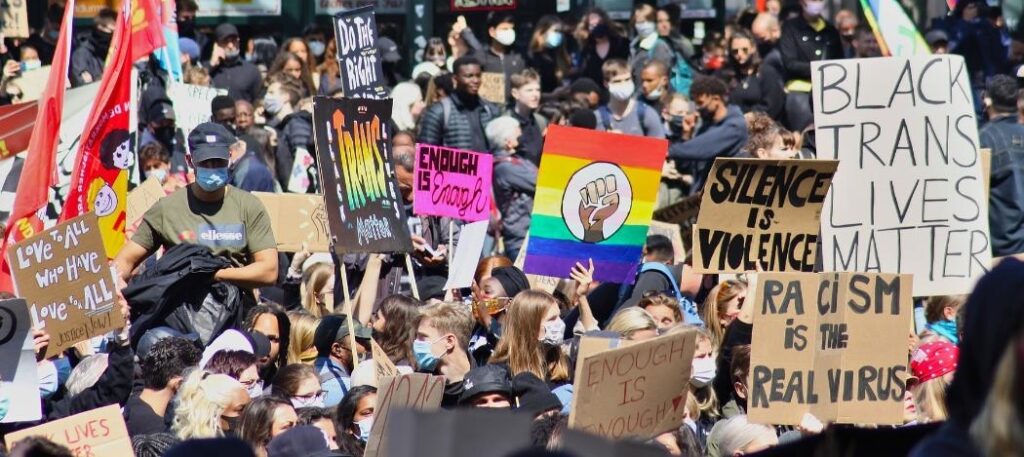


2 Responses
I quite like reading through an article that will make peole think.
Also, thanks for alllowing me to comment! https://Sites.Google.com/view/gambling-gamingindustry
Thanks, Daniel! Glad you like my work. Feel free to comment anytime on any of my posts. Best, Mark